As the afternoon wore on, we pulled ourselves to the outskirts of Quanzhou. Tired yet triumphant, the last three days blending into a blur of temples and twisting dragon pillars, what we needed now was a change of pace, to settle briefly into the recent rather than the ancient past. Jinjiang Village would do just fine.
In a region of disparate and distinctive styles and influences, Jinjiang Village still manages to catch the eye. The mix of Romanesque and Gothic architecture just about tricks the mind into believing this can’t still be in China, but the Fujianese Nanyang elements weave between the towers and columns, reminding us that Quanzhou truly was an Alexandria of the East.
One hundred years ago, a blink in time, overseas Chinese returning to the mainland began investing and building in Jinjiang. They came from the Philippines, Singapore, and Malaysia, among others. What they brought with them, a blending of cultures, art, and architecture, mingled with the Fujianese style. The result is an aesthetic unlike anywhere else.
As we meandered around the maze-like alleys and pathways on a late Wednesday afternoon, it was easy to get lost on purpose. We didn’t mind sharing the space with a few wedding photographers or a primary school class enjoying the clear skies. The disorder let us feel alone anytime we wished.
The small museum describes the history of the original village, Wulin, now today part of Jinjiang city. Instability in China after the Opium War (1840) drove many residents to try their luck in Southeast Asia. Much of the story of Wulin is tied up in the conflict with Japan prior to 1950. Many in this community donated and invested much of their wealth into industry and resistance activities.
Like Cai Dezao who supported the Fujian Provincial Railway Company in 1905, or Chen Qingji in 1919, who returning from Japan, built roads and established the first overseas Chinese-invested automobile company by issuing shares to the community. The list goes on.
Many of these community leaders fought directly or participated in the resistance by distributing propaganda and raising military funds through remittances, charity shows and sales, and donations. Some of those who survived went on to found businesses and find success. Many of the buildings here that are now preserved are the results of their investment. There is a lot of pride here, you can see it first-hand in the many personal items and pictures donated for the exhibits.
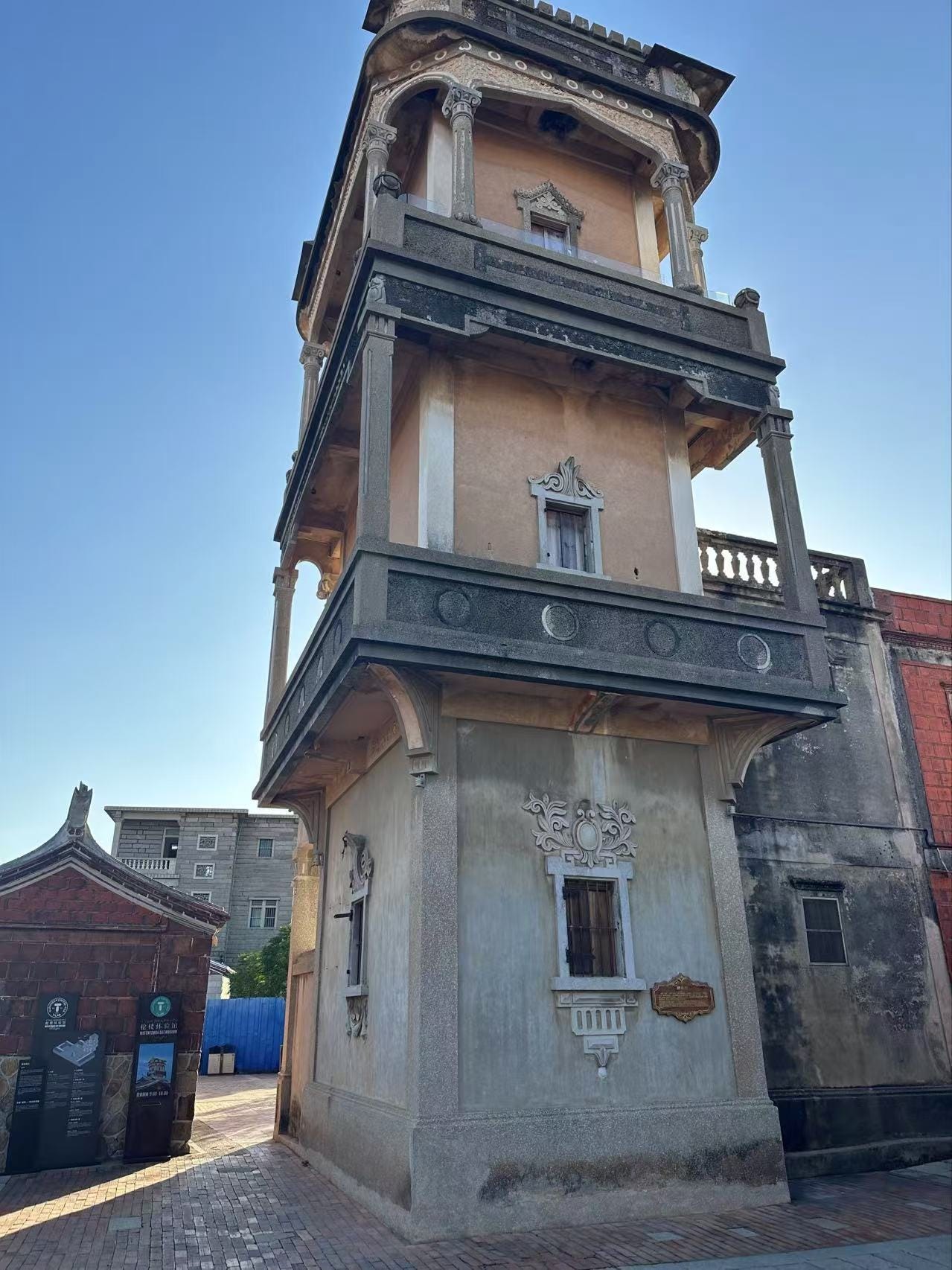
Above is a feature of village life here that I have learned to look for, the blockhouse, or “Gunhouse” in this case. Known by the proper name of Moral House, this three storey structure was the refuge when trouble rolled into town. The second and third floor have gun ports for defense. You can just see the holes next to the window. These relics nudge us to remember that times then were often unstable and lawless.
Many of the original homes have been preserved. The mansions, yes, but also the less ostentatious. Name plates mark the original buildings and describe the property and the owner. Like Chaodong’s House below, a returning immigrant from the Philippines, only 342 square meters, an illustrative example of the Fujianese style.
Every surface has some attention and effort put into visual interest. The intricate brickwork, molded and pieced together like a jigsaw puzzle. The burnished hashtag pattern that can be seen all over Quanzhou. The colorful story-telling borders and molded roofing tiles are part of every neighborhood, whether average dwelling or monastery.
Do you ever stop and wonder, why do people devote such time and resources to beautifying their places of work and leisure? Whether rich or poor, we seek beauty and craft whatever we can find into something more than it was. The forms of the expression, the skin deep surface of our art may be different but this is another commonality all humanity has. That compulsion is buried deep beyond culture and contrivances of the mind.
After some wandering, and a few dead ends, we found The Banyon Cafe. An hour reading paired with a pretty fair coffee ensued. The future of Jinjiang is tourism, upscale cafes, and retail that aligns with the elevated architecture. I suppose the aim is to attract more of that overseas investment, but those times may have passed. Parsimonious travellers are ever more discerning in their experiences. Jinjiang, and Quanzhou in general, have a unique history and look that is not replicated anywhere else, and a dispersed history that could bring interest in from around the region. I hope they find their way.
As we walked out to the main road to catch a ride to downtown, an unlooked for detour through a field, an earnest farewell, and a promise to return to Quanzhou, this Alexandria of the East.
This is the last entry in the Quanzhou Series 1. Because we will return, the “1”. I like to review each trip for lessons to apply to future adventures, and go back and review the advice and promises I made at the end of the previous trip (Chengdu-Qingyang Palace). Every trip is unique and resists being locked into a formula. That is just fine with me, a many-years commitment to something monotonous and predictable is nobody’s wish.
Quanzhou was both under-and over-researched. Loads of notes and links that I didn’t refer to on location, so a general disconnect between what I researched, what I saw, and what I wanted to write about after. I need to begin with the end in mind but not overdo the prep.
Our first trip as a couple without kids in tow was a big success! Our relationship remains intact. 😆 That is a great sign for the future. I know we missed the boys but we were able to stay entertained. We do need to slow down…we have a tendency to pack too much into a day and not allow space to immerse in the vibe of a location.
I noticed more connections and linkages between places, events, and characters in our travels. Master HongYi’s connection to Alphonse Mucha was a real delight. Spotting more ways to shine a humorous light on Laozi and Confucius’s rivalry was another fun moment (here and here). I will be looking out for more of these connections that enrich the story.




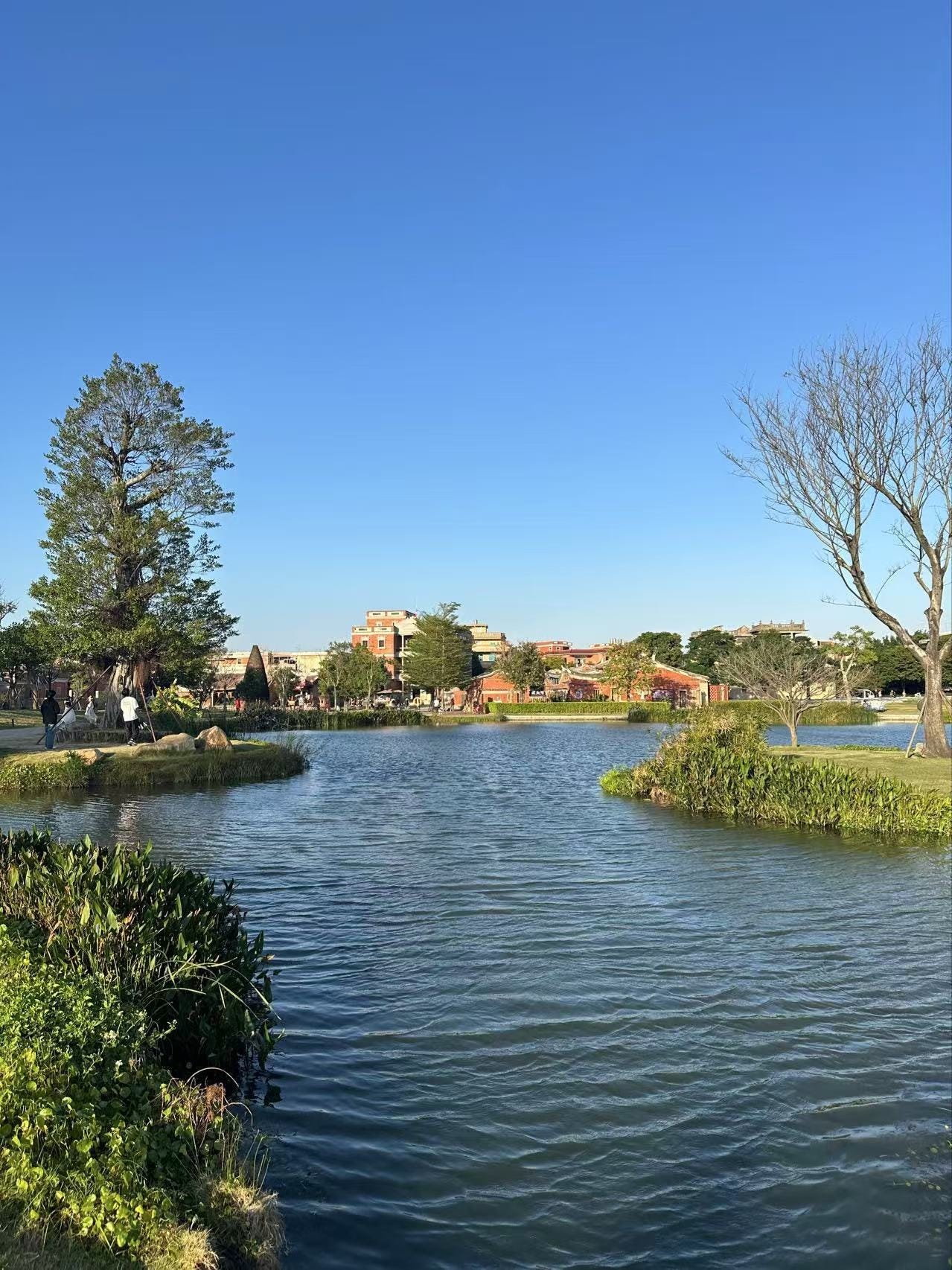



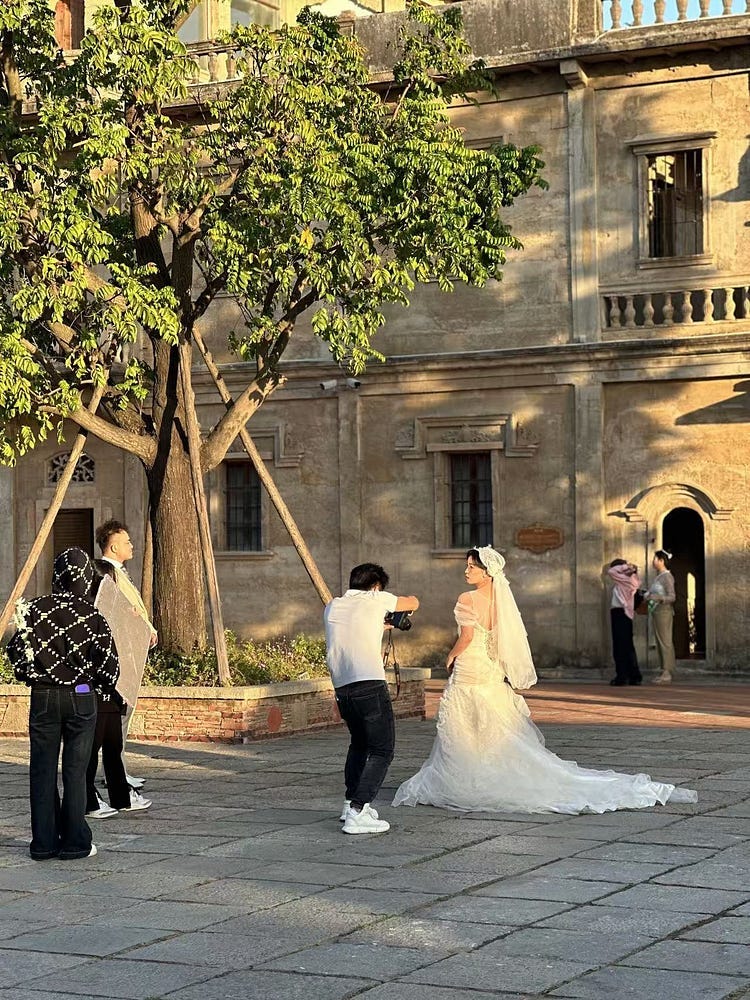
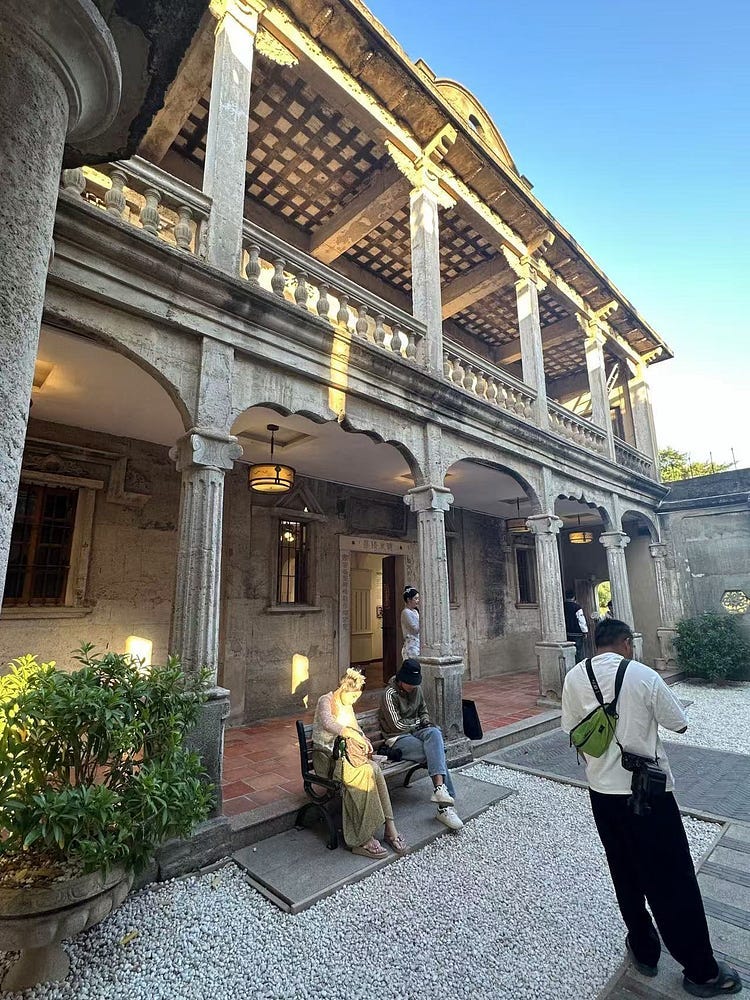
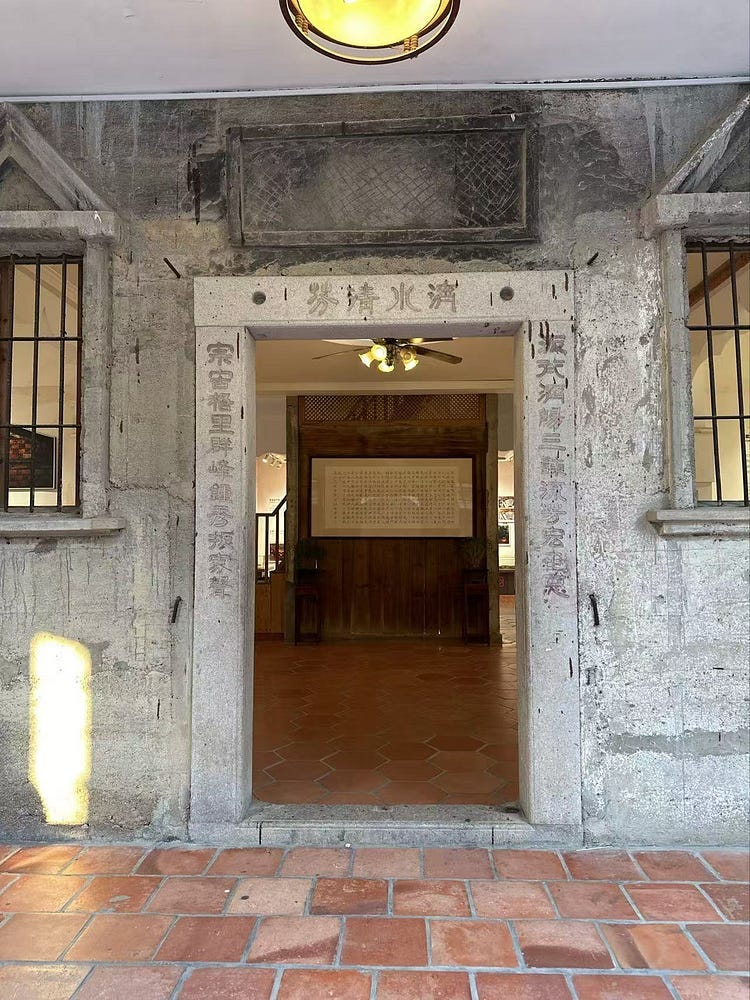
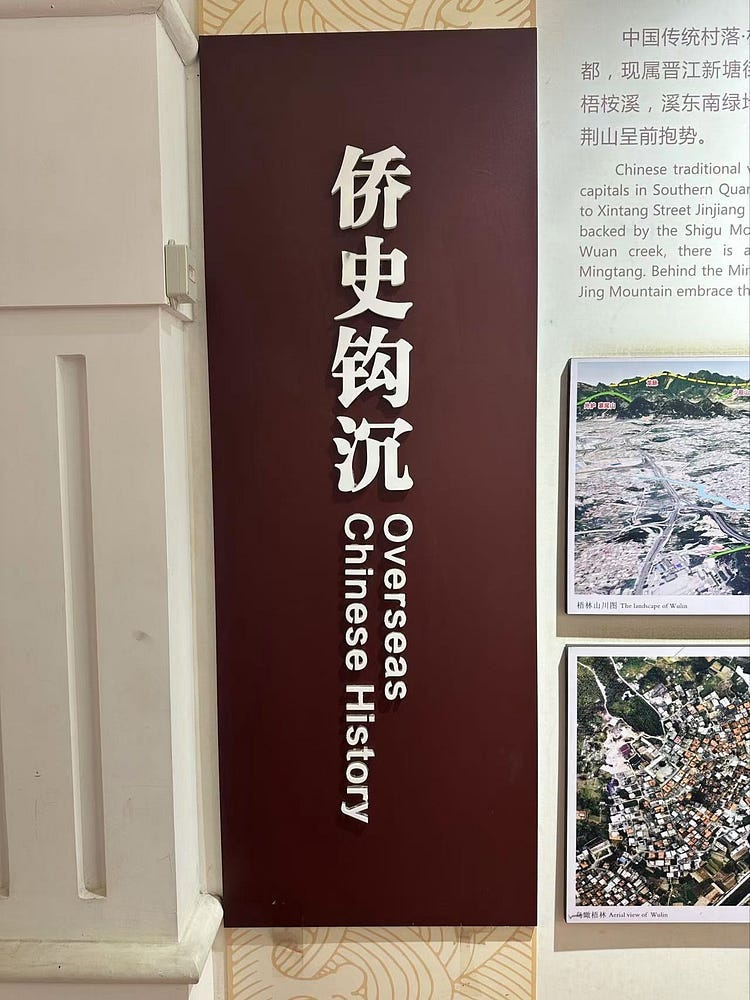
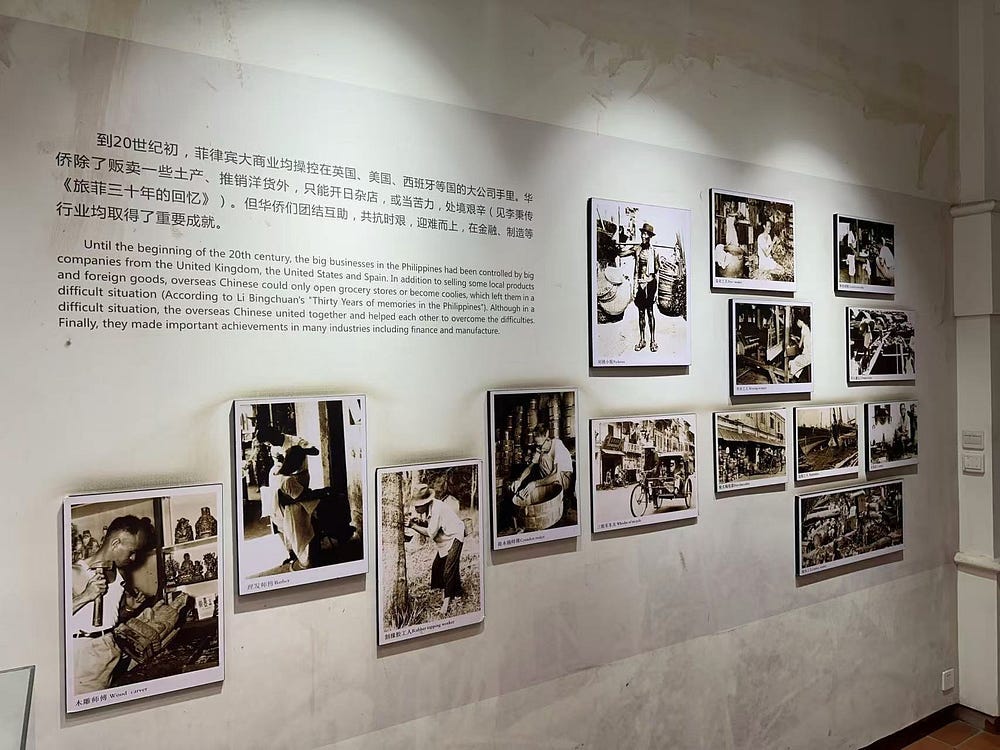
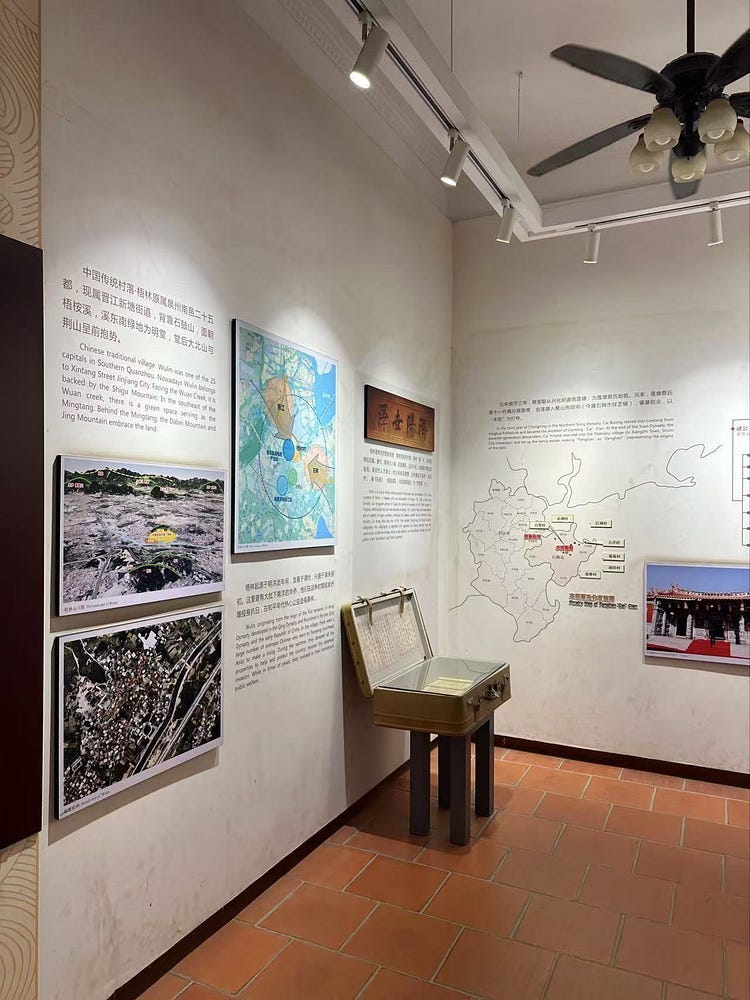

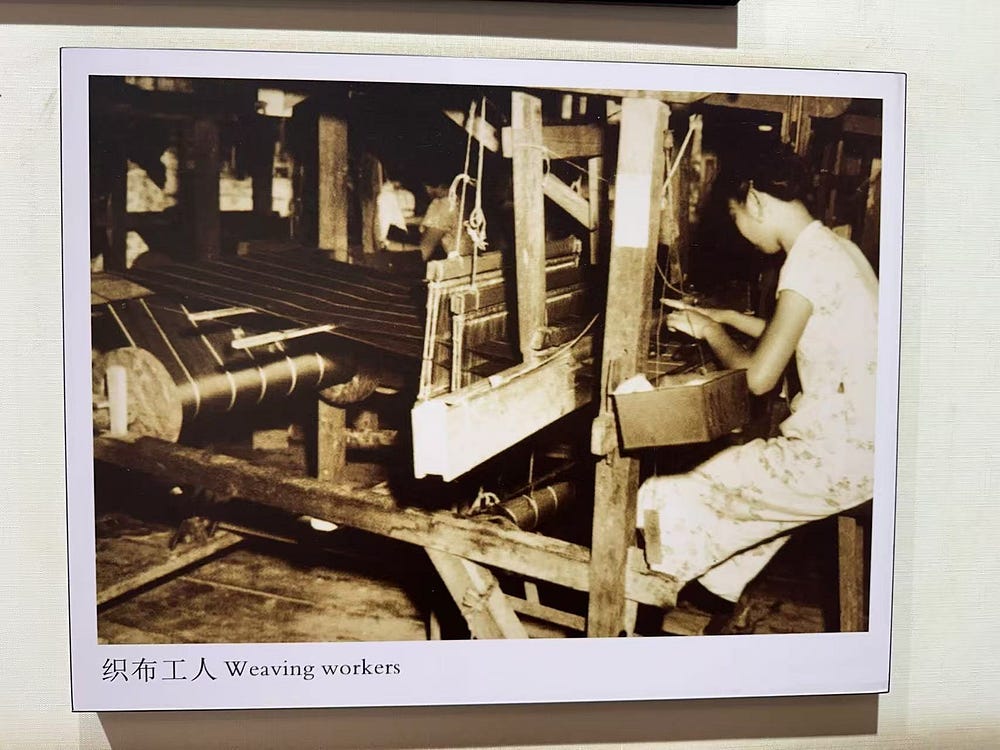


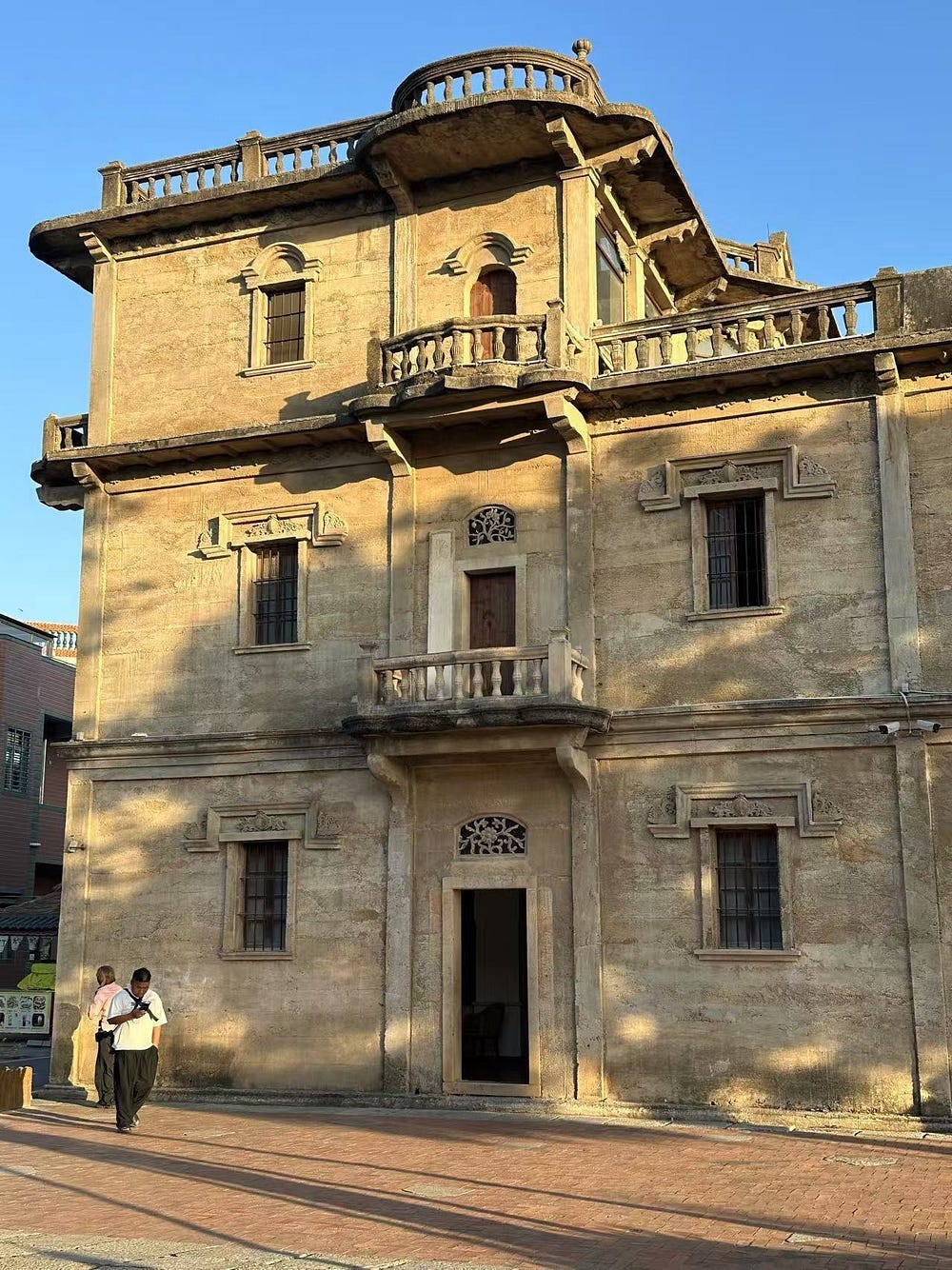
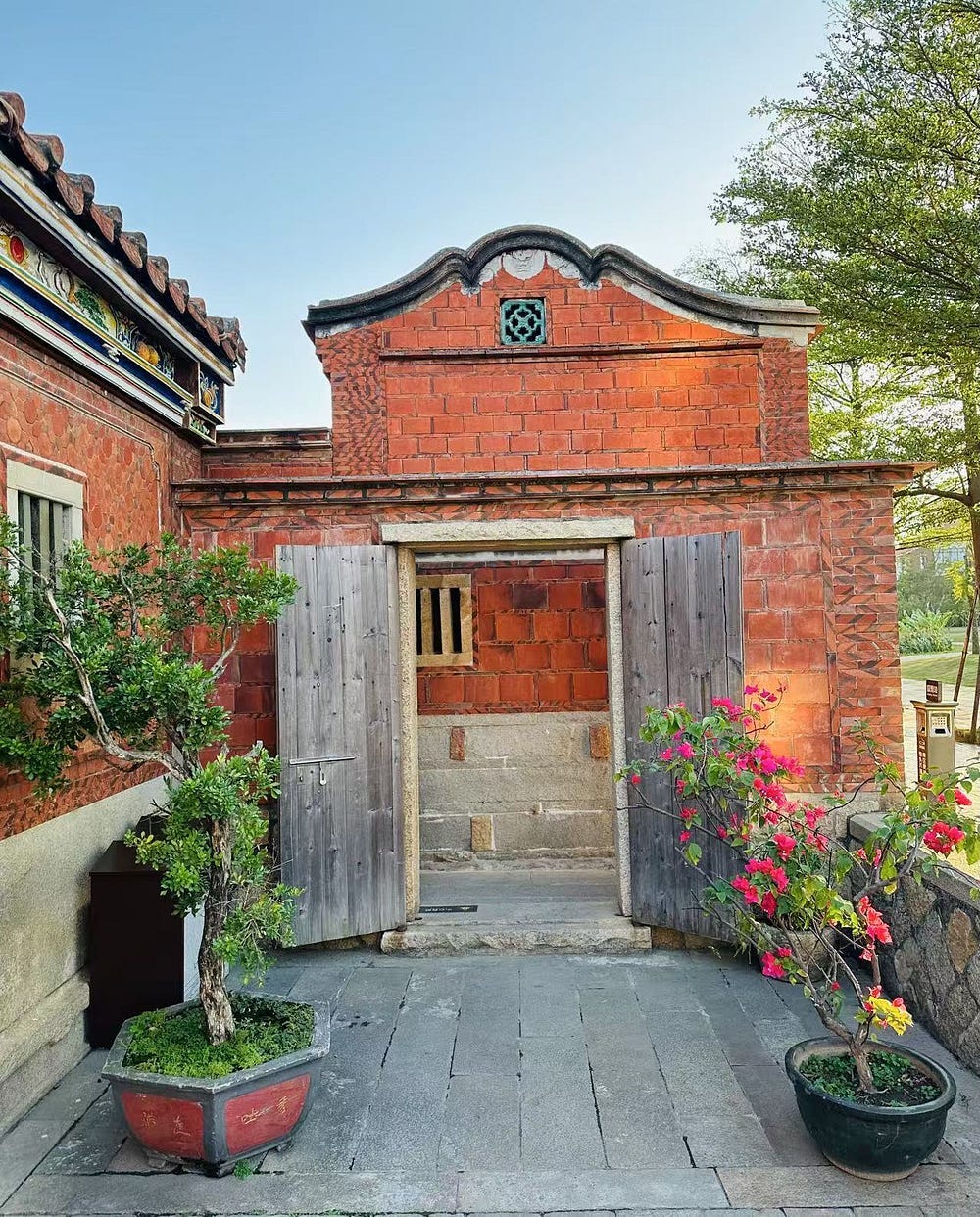

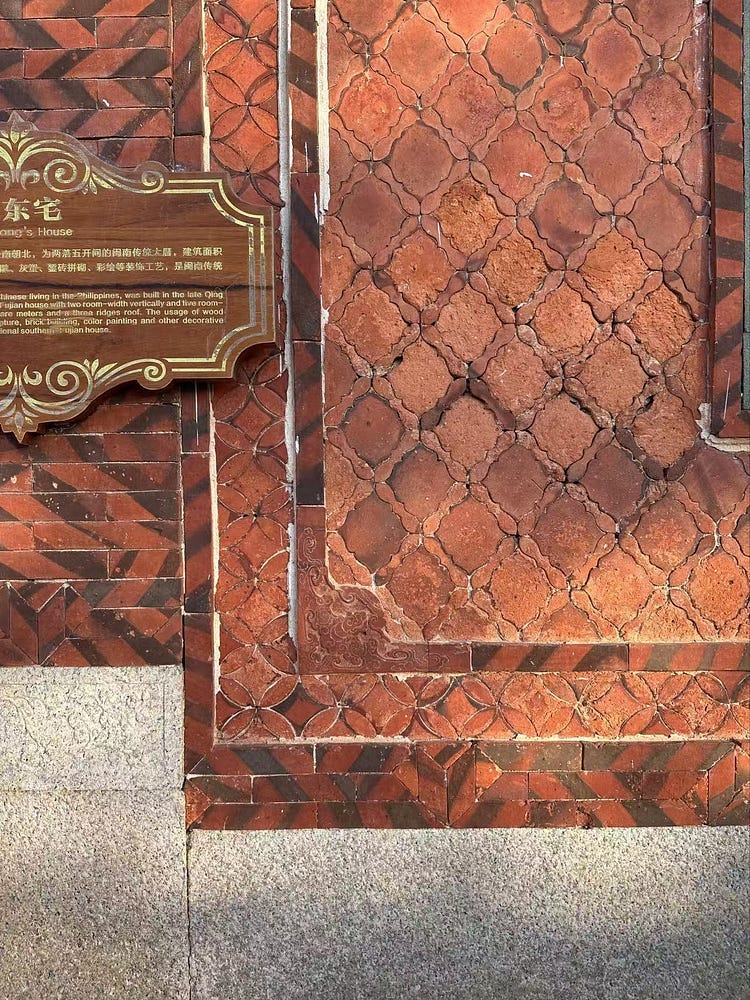




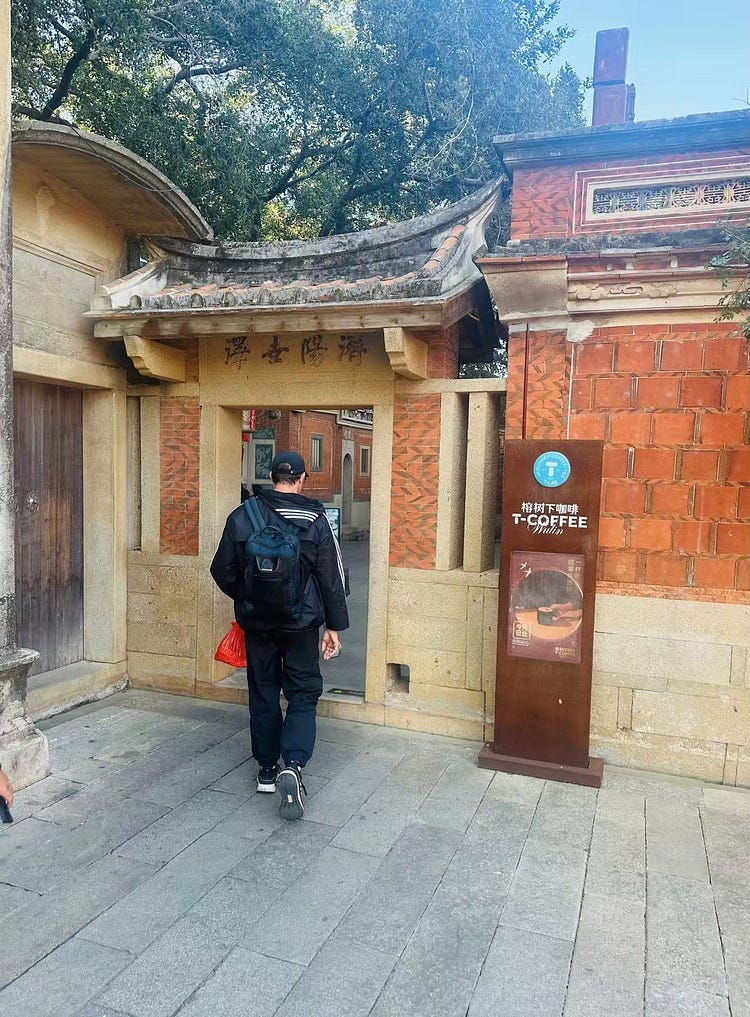





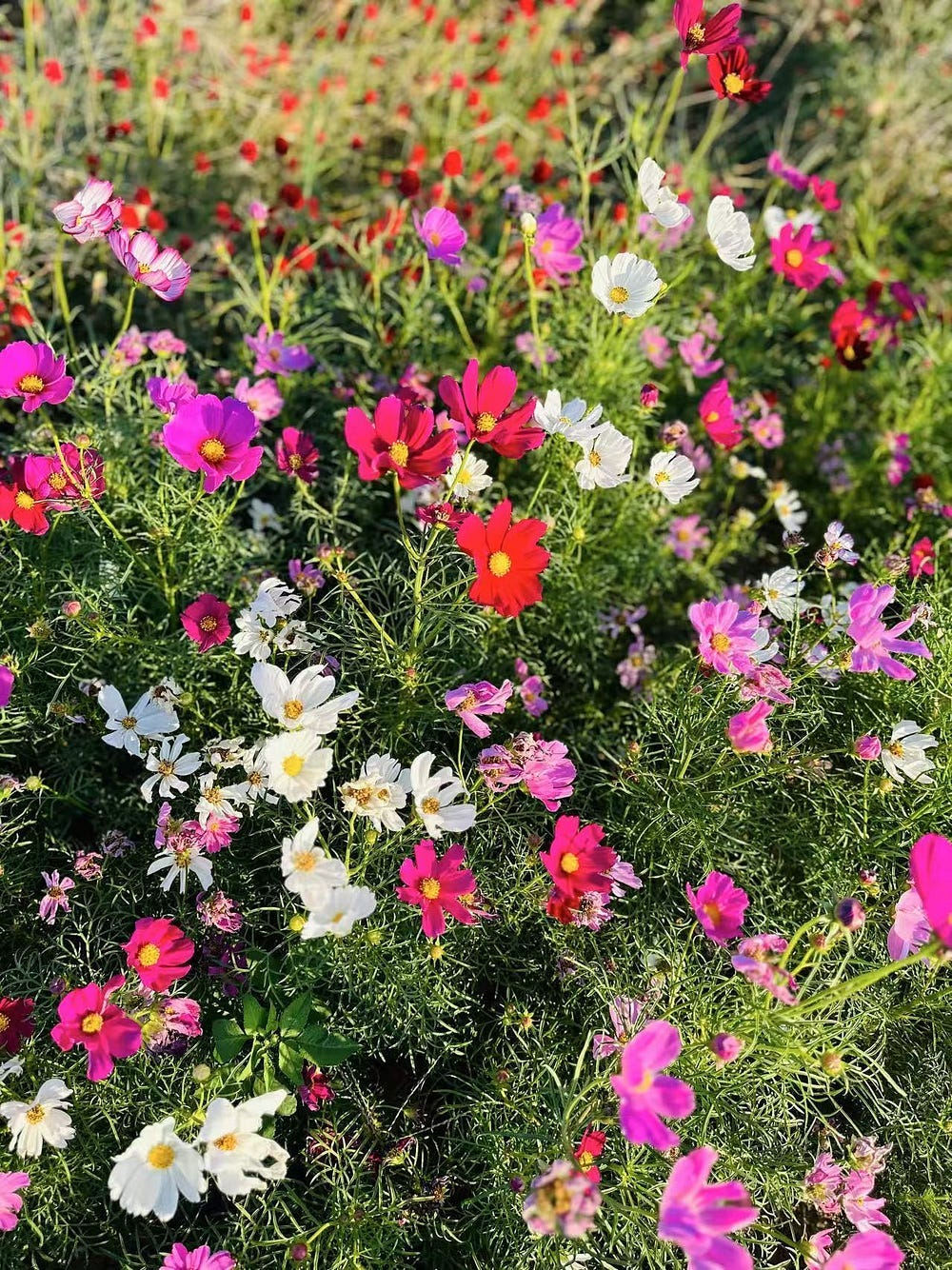
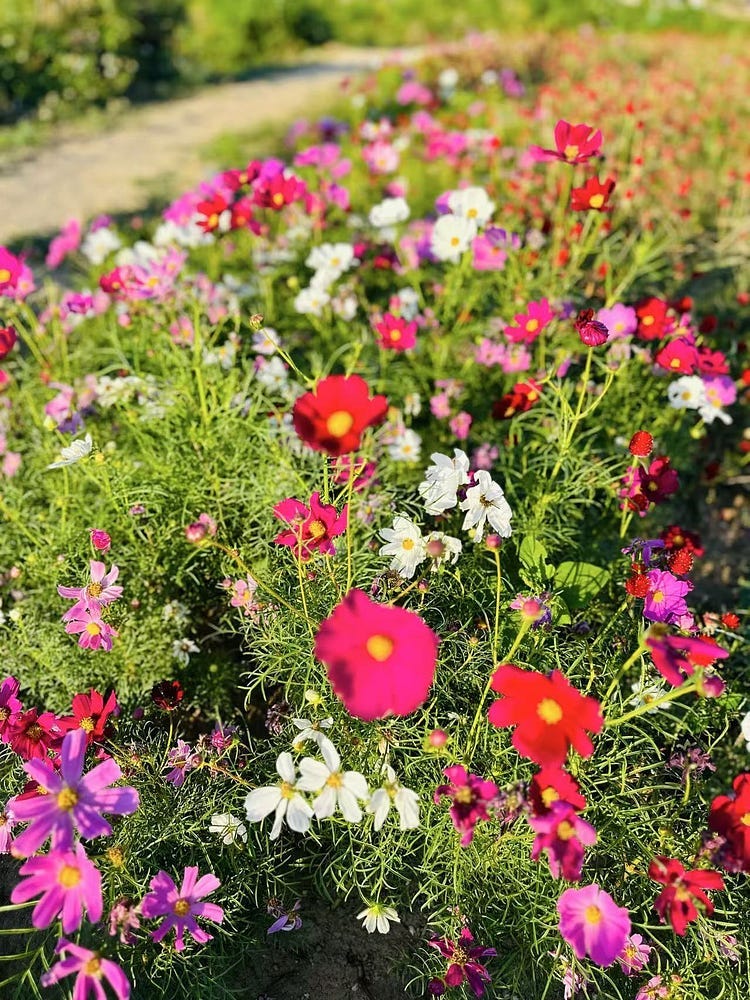

Alexandria of the East, an interesting take. This was a fun trip! So much to take in, so much to see...really enjoyed the flowers. :)
its amazing how despite the sheer amount of destruction and suffering China has been through, there is still so much historical remnants preserved and left to be seen.